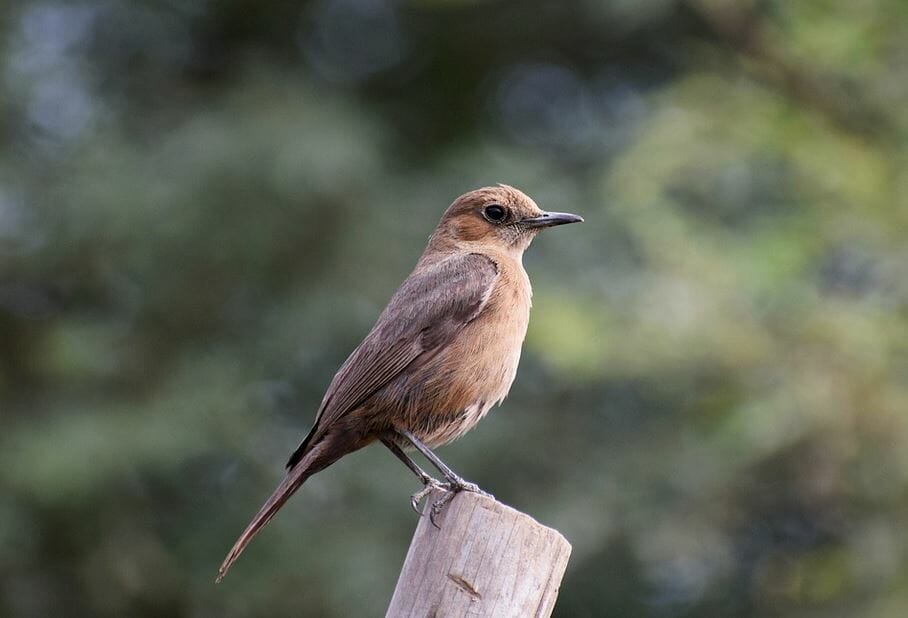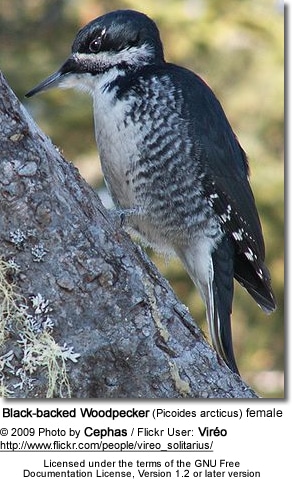Caribbean Dove
The Caribbean Doves (Leptotila jamaicensis) – also commonly referred to as Violet Doves, Jamaican Doves, White-fronted Doves or White-bellied Doves – are found in Mexico and several Caribbean islands.
Distribution / Habitat
The locally common and resident (non-migratory) Caribbean Doves inhabit the Bahamas, Yucatán Peninsula and several adjacent Mexican offshore islands (including Cozumel) and the countries of Belize and Honduras (Bay Islands), and the Colombian island of San Andrés off the Nicaraguan coast.
Populations also occur on the Caribbean islands of Caymans, Jamaica, and Turks and Caicos.
They are usually found on the ground in semi-arid, lowland forests up to elevations of 6,560 feet (2,000 meters). They are also common in gardens, especially with bird feeders, and orchards, where they feed on fruits.
Subspecies, Ranges and Identification
- Leptotila jamaicensis jamaicensis (Linnaeus, 1766) – Nominate Race
- Found in the dry limestone and montane forest regions of Jamaica. Introduced to New Providence in the Bahamas.
- Leptotila jamaicensis gaumeri (Lawrence, 1885)
- Range: Southeastern Mexico in the northern Yucatán Peninsula, on the islands of Holbox, Mujeres and Cozumel, northeastern Belize (Ambergris Cay – part of the Turks and Caicos Islands), and Honduran islands of Barbareta, Roatán and Little Hog.
- ID: Slightly smaller; plumage more olive-brown with reduced iridescence on the hindneck and darker pink on the chest.
- Leptotila jamaicensis collaris (Cory, 1886)
- Range: Cayman Islands
- ID: Resembles the nominate race, but is slightly smaller in size.
- Leptotila jamaicensis neoxena (Cory, 1887)
- Range: Western side of the San Andrés Island off the central eastern coast of Nicaragua.
- ID: Reduced iridescence on the neck; the upper plumage is deeply washed with pink.
Description
The Caribbean Doves are about 11.5 – 13 inches (29 – 33 cm) long – including the tail; and weigh 4.1 – 6.7 oz (117 – 190 g).
They are easily identified in the Caribbean region by their conspicuous iridescent purple, rosy to bronze-green feathers on the neck sides and the nape.
The back and wings are largely olive-brown with a grey crown and the chest is pale greyish / rosy, turning white on the abdomen and undertail feathers. The forehead, face and throat are whitish turning blue-grey on the crown and back of the neck,
The irises are yellowish, often with a red ring around them. The eyes are surrounded with dull dark reddish-purple skin.
The bill is blackish, slightly greyer at the base. The legs and feet are red.
Some have a white band on the front of the folded wing. The black outer tail feathers have a white band across the bottom, which is broken in the middle by the central pair of grey-brown tail feathers.
Gender ID
Females look similar to the males; but have a duller iridescence on the back of the neck.
Juveniles
Immature birds have a duller plumage and lack the iridescence of the adults. Their wing-coverts (feathers) and the feathers on the shoulder are typically edged with red, and there are pale reddish-brown bars on the neck and chest.
Similar Species
- Grey-headed Dove (Leptotila plumbeiceps) from eastern Mexico to western Panama; whitish belly and grey-blue crown and nape (back of the neck)
- White-tipped Dove (Leptotila verreauxi) from southernmost Texas in the USA through Mexico and Central America south to western Peru and central Argentina; head is vinaceous grey with paler forehead; the chest and flanks are pale vinaceous grey turning white on the belly.
Diet / Feeding
Caribbean Doves feed on seeds, small fruits, insects, larvae and small snails. They readily take advantage of bird feeders in gardens or forage alone, in pairs or small family groups on the forest floor, but will also remove fruits and nuts from trees or shrubs.
Foraging is usually done on the ground among the leaf litter or along the edges of woodland.
Breeding / Nesting
Most breeding occurs between March and May. Pairs are monogamous. Males seeking to attract females perform courtship displays during which they tilt the head and expand the feathers of the neck and chest while they softly call out to the females.
The nests are fairly large and generally consist of fragile platforms of fine twigs, lined with rootlets placed in a dense low tree or shrub – usually no more than 10 feet (3 meters) above the ground. Although, on occasion, they have nested on the ground.
The average clutch consists of 2 white eggs that are incubated for about 14 days.
Calls / Vocalizations / Sounds
Their calls are described as deep hollow ooo-wooooo-ou coo or whuhu oo ooo or hoo coo hoo-ooo vocalizations.
Sound Recordings
Alternate (Global) Names
Chinese: ????? … Czech: Holub karibský … Danish: Cariberjorddue … Dutch: Witbuikduif …
Estonian: kariibi manteltuvi … Finnish: Karibianjuoksukyyhky … French: Colombe de Jamaïque, Colombe de la Jamaïque … German: Jamaicataube, Jamaikataube … Italian: Tortora caraibica, Tortora ventrebianco della Giamaica … Japanese: shiroharashakobato … Norwegian: Karibdue … Polish: golebik duzy, go??bik du?y … Russian: ???????? ????????? … Slovak: holubec karibský … Spanish: Paloma Caribeña, Paloma Montaraz Jamaicana, Paloma Montaraz Jamaiquina, Tórtola Caribeña … Swedish: Vitbukad duva
Further Dove Information
- Dove Information
- Index of Dove Species
- Photos of the Different Dove Species for Identification
- Doves & Pigeons as Pets




